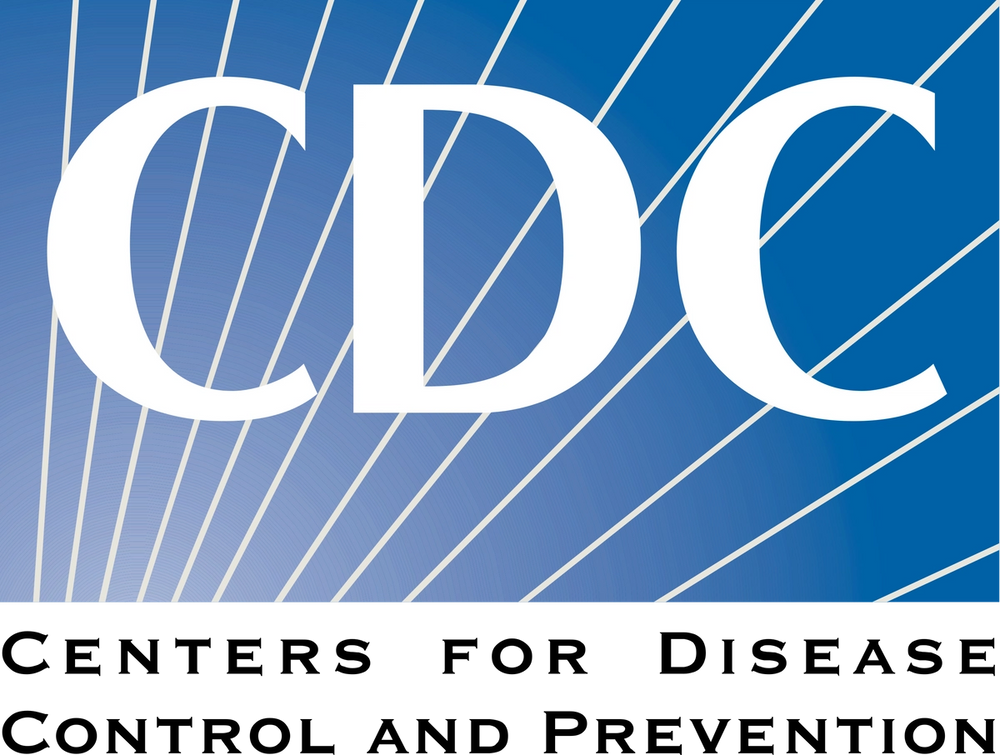CDC Influenza Surveillance Weekly Report
Clinical and public health laboratories reported increased influenza virus detections over the past few weeks, but US cases remains comparatively low to previous flu seasons.

This article was originally published on HCPLive
The Centers for Disease Control and Prevention (CDC) issued updates on their weekly influenza surveillance report for the United States.
According to the organization, seasonal influenza activity has remained low in the US. Despite this, the number of influenza virus detections reported by clinical and public health laboratories had increased in recent weeks.
Additionally, the percent of outpatient visits for respiratory illness has been on an upward trend.
Clinical and Public Health Data
Since week 40 of the influenza surveillance report, which was October 2, 2021, a total of 392,541 specimens were tested for both influenza A and influenza B.
A total of 2023 specimens (0.5%) tested positive since week 40, with 1766 members tested positive for influenza A (87.3%) and 257 tested positive for influenza B (12.7%).
More specifically, the total number of specimens tested for week 47 was 43,267.
Of those who were tested in week 47, 632 (1.5%) tested positive for influenza, with 608 (96.2%) testing positive for influenza A and 24 (3.8%) testing positive for influenza B.
The CDC included clinical laboratory data from a national summary dating back to May 23, 2021 and ending in November 27, 2021, and noted a similar trend in flu A and flu B infection rates.
Regarding public health lab records, the cumulative data since October 2, 2021 saw a total of 165,808 specimens tested, with a total 1573 positive specimens.
Of those positive cases, 1519 (96.6%) were influenza A, with most flu A cases categorized by the H3N2 subtype. The first human detections of the H3N2 variant were detected in 2011.
Of the 54 (3.4%) specimens who were positive for influenza B, a majority (26, 83.9%) were distinct to the Victoria virus lineage.
Outpatient Respiratory Illness
The Us Outpatient influenza-like Illness Surveillance Network (ILINet), which monitors outpatient visits for influenza-like illness such as fevers with cough or sore throat (ILI), found that 2.4% of patient visits in week 47 were due to ILI.
The percentage was below the national baseline of 2.5%.
More than 70% of ILINet participants had provided the number of patient visits for respiratory illness as well as the total number of patient visits for the week.
The CDC confirmed that the percentage of visits for respiratory illness reported in ILINet trended upward for 4 age groups (0–4 years, 5–24 years, 25-49 years and 50–64 years) and remained stable for patient 65 years and older.
Mortality Surveillance
According to the National Center for Health Statistics (NCHS) Mortality Surveillance, 5.5% of the deaths that occurred during the week ending November 27, 2021 (week 47) were due to pneumonia, influenza, or COVID-19.
The percentage was above the epidemic threshold of 6.4% for this week. However, no influenza-associated pediatric deaths were recorded.
The CDC also confirmed that virus characterization data will be updated later in the season when a sufficient number of specimens had been tested.
